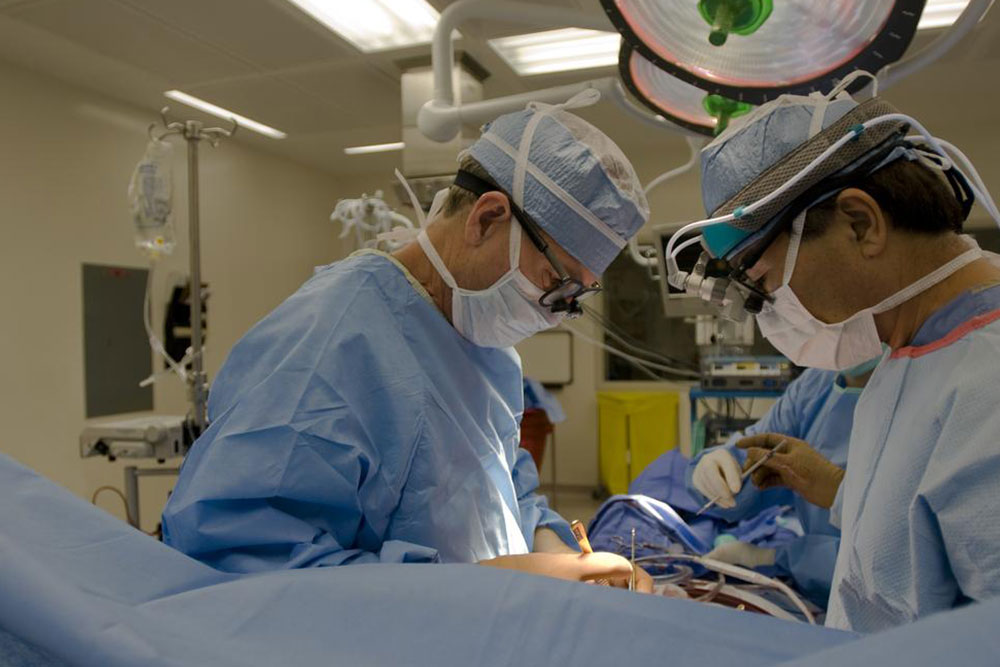Surgery overview of tubal ligation
Tubal ligation is a surgical procedure in which a woman’s Fallopian tubes are blocked, tied, or cut. Tubal ligation and tubal implants are one of the permanent methods of birth control for women. They are usually done by a gynecologist or a general surgeon. The implants are small metal springs and are placed in each Fallopian tube, thereby blocking it.
Over time, a tissue develops naturally around this tube and blocks it permanently. It prevents the eggs in the Fallopian tubes from travelling and thus restricts them from getting fertilized. This is one of the best methods suggested by the doctors for birth control, as it is safe and can guarantee results. The procedure is also extremely simple and does not require hospitalization. Pain is minimal and you can get back to your normal duties within a short recovery period. Let us take a look at the methods used in the procedure.
Methods used for tubal ligation
There are many ways by which the Fallopian tubes can be closed. These include clipping or banding them shut, or cutting and stitching, or burning them closed. This can be done using a laparoscopic technique or mini-lap. These are done as a minimally invasive surgery and require an incision.
There are different types of tube ligation used. The three primary methods include the following:
Postpartum tubal ligation: This is usually done once a child is delivered. The procedure is often done within 24 to 36 hours after the delivery.
Open tubal ligation (laparotomy): This is the common type used and is recommended if you require an abdominal surgery like the Cesarean section or pelvic surgery. This leaves across a scar and is done as a normal surgical procedure. Laparoscopy is done with a general anesthetic. However, there are certain disadvantages of using this method and nowadays doctors prefer the tubal implant method.
Tubal implant method: Implants, such as Essure, are inserted into the Fallopian tubes and are done as an outpatient procedure. It usually takes about 10 minutes. A thin catheter is inserted into the vagina and the implant is placed in the Fallopian tubes. The same procedure is done with the other Fallopian tubes and the implants will be inserted. Usually, an X-ray is taken to ensure that the implants are in place and the tubes are closed. You might feel some cramps in the area for a day or two, but this gradually goes away. The procedure is the same and the scar tissues around the implants take about 3 months to develop. Once they develop, this becomes a permanent solution for birth control and you will no longer have to use any other birth control method.



